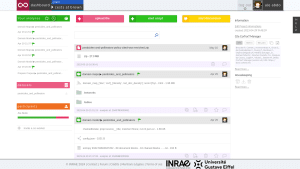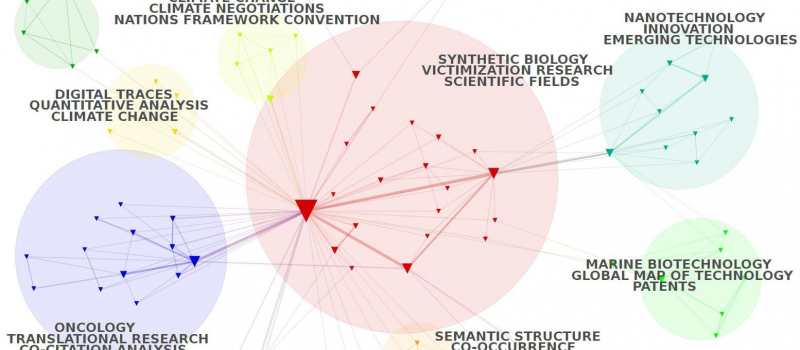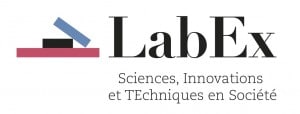@article{Akkari2018,
title = {Textual Analysis of Published Research Articles on the Environmental Impacts of Land-Use Change},
author = {Monia El Akkari and Mélanie Sandoval and Sophie Le Perchec and Olivier Réchauchère},
url = {https://doi.org/10.1007/978-3-319-96289-4_2},
doi = {10.1007/978-3-319-96289-4_2},
year = {2018},
date = {2018-01-01},
urldate = {2018-01-01},
journal = { Sustainable Agriculture Reviews},
volume = {30},
pages = {15-38},
abstract = {Regardless of the scale considered, land use is determined by a variety of factors relating to both local soil and climatic conditions and socioeconomic considerations (population growth, food and energy requirements, public policies, etc.). Changes in land use resulting from shifts in these factors over time will have environmental consequences. We conducted a review of the scientific literature to identify the degree to which environmental assessments take direct and indirect land-use change into account. A textual analysis was completed on a collection of 5730 scientific articles, published between 1975 and 2015 and listed in the WoS™ database, addressing the relationship between reorganizations of agricultural and forestry systems, or spatial planning, direct and indirect land-use change resulting from these reorganizations; and environmental impacts. By identifying the most frequently used words or groups of words within this corpus (focusing on the title, abstract, and keywords fields), the textual analysis platform CorTexT Manager (Platform developed by IFRIS (the Institute for Research and Innovation in Society, based in the Paris region) assembles diagrams, or “maps,” of occurrence and co-occurrence for these terms, which can then be used to identify the principal themes addressed in the corpus based on clusters of proximate keywords. Eight clusters were so identified: two focused on climate change and greenhouse gas fluxes in terrestrial ecosystems (thus corresponding both to an aspect of the biophysical context and an environmental impact linked to a reorganization); one associated a reorganization (biofuel production) with a dominant environmental impact (the effects of greenhouse gas emissions); three were centered on keywords related to other types of reorganizations (urbanization, grassland management, forestry management); and two focused on environmental impacts on biodiversity and water resources. The five “thematic identifiers” showing the highest number of occurrences were greenhouse gas emission, land-use policy, biofuel, farm system, and pasture land, suggesting that the theme “GHG impacts of biofuel production” is the most prevalent. A more detailed textual analysis of articles in the cluster relating to non-food biomass production (1785 articles) was also conducted, and confirmed the growing importance, notably since 2005–2006, of research linking the bioenergy production, land-use change, and climate impacts from greenhouse gas emissions. Reorganizations toward non-food biomass production also help explain the presence of degraded lands among the most frequently occurring terms in the corpus. Life-cycle analysis is the most important assessment methodology used to evaluate the environmental impacts of bioenergy production.},
keywords = {},
pubstate = {published},
tppubtype = {article}
}

 Cortext Manager is our current main attraction, a publicly available web application providing data analysis methods curated and developed by our team of researchers and engineers.
Cortext Manager is our current main attraction, a publicly available web application providing data analysis methods curated and developed by our team of researchers and engineers.








